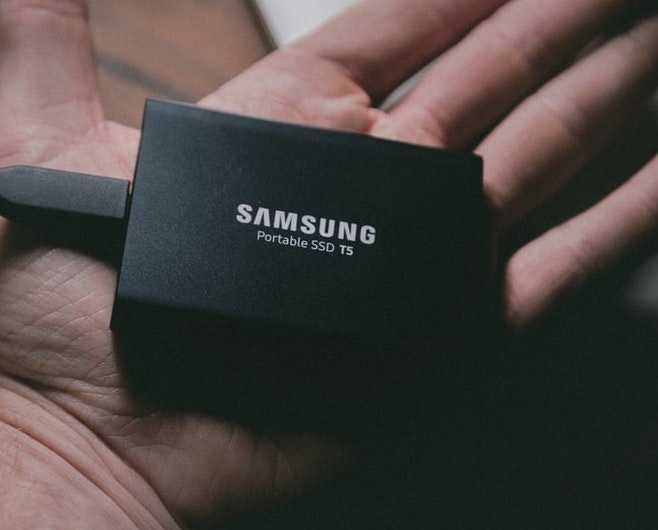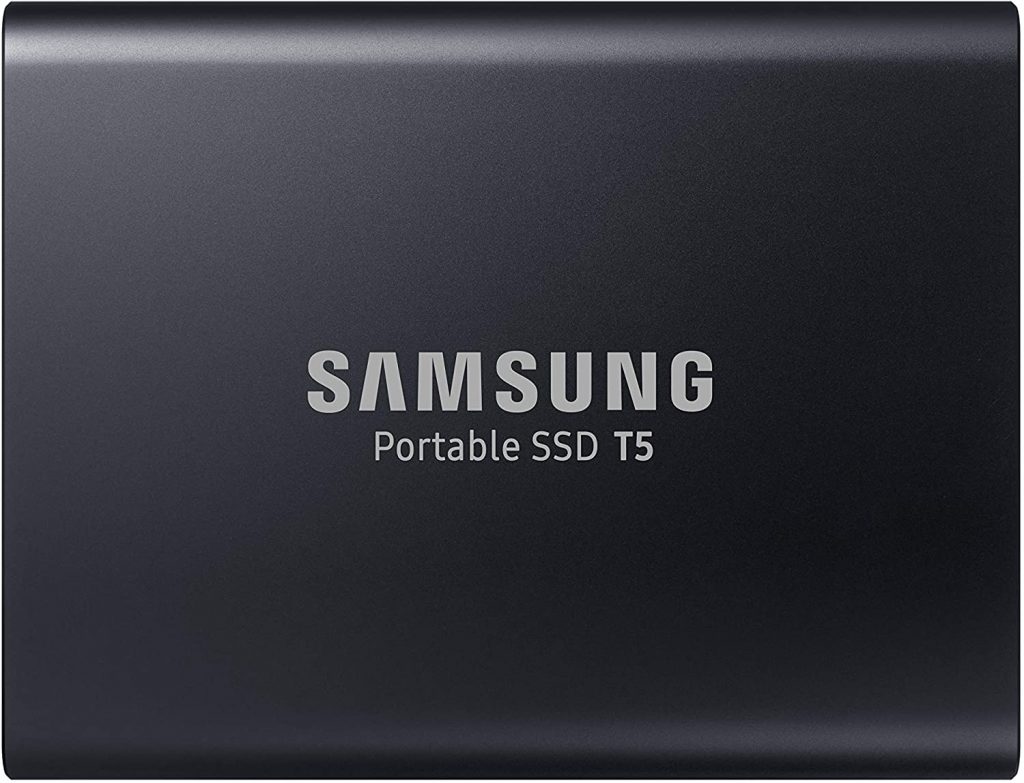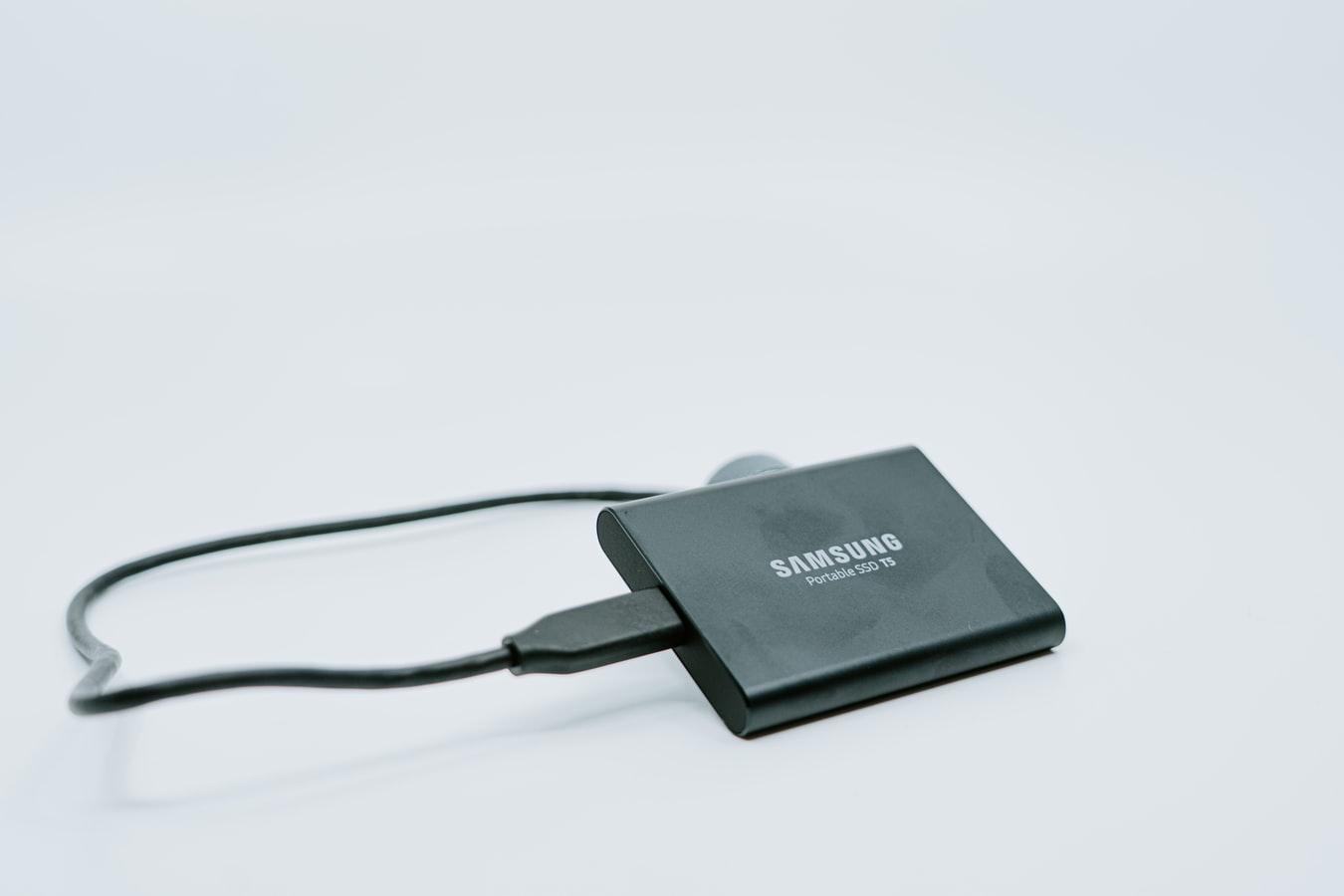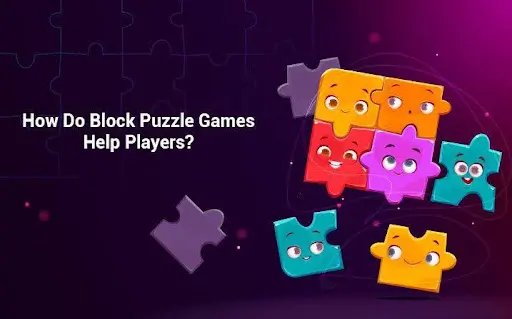How do SSDs affect gameplay?
An SSD (or solid-state drive) is a type of a non-volatile storage media that stores persistent data on solid-state flash memory. A flash controller and NAND flash memory chips make up SSDs. The SSD controller is optimized to deliver high read and write performance on sequential and random data requests.
How do SSDs work?

An SSD works by reading and writing the data to a substrate of interconnected flash memory chips, which are constructed out of silicon.
SSDs can be used in a number of areas:
- Gaming – Increased boot times are important for gamers
- Business – Companies using a huge amount of data can use SSDs as access time and file-transfer speeds are critical
- Mobility – SSDs can bring better battery life to laptops and tablets due to the low power requirements. They’re also shock resistant, reducing the chance of data loss if dropped
- Servers – Enterprise servers need SSDs to get fast read and writes in order to properly serve their clients PC
They’re built differently to HDD (traditional hard drives) as they have no moving parts, making it solid-state.
Advantages
No moving parts
No moving parts in an SSD gives it a huge advantage over HDDs. Moving parts in hard drives can make the drive more susceptible to drop damage due to any of the parts breaking. SSD’s have their own lifespan limits, however, they’re more durable and reliable because there are no moving parts to get damaged or no drive motor to break.
They’re smaller
SSDs are a lot smaller and lighter than other drives. This has helped create thinner laptops, tablets, and other devices. SSDs can be as thin as millimeters wide and only a couple of inches long, making them perfect for high-speed devices.
They’re fast
SSDs are able to write or read data at incredible speeds compared to other drives. Their random access times are in microseconds rather than milliseconds which means games can load up faster.
Longer lifespan
SSDs all have a lifespan limited by wear on the drive’s ability to properly store the electrical charges sent to it. It’s measured in the number of TB’s (terabytes) that can be written to the drive before the flash cells degrade. This can give the buyer a decade or more of use.
Comparison to HDDs

Hard drives have been around for over 50 years and have increased their storage capacity while decreasing their physical size through the years. HDDs rely on spinning disks or platters to read and write data.
Solid-state drives use flash memory to deliver outstanding performance and durability. Due to the amount of moving parts in HDDs, SSDs have no moving parts so they’re durable, run cooler and use less energy.
7200 RPM HD
- up to 210 MB/s read/write speed
- 36 seconds boot time (estimated)
SATA 3 SSD
- up to 550 MB/s read/write speed
- 9 seconds boot time (estimated)
NVME SSD
- up to 3500 MB/s read/write speed
- 6 seconds boot time (estimated)
As you can see from the comparison, the boot time decrease from hard drive to SSD is massive.
How do they affect gaming performance?

Games installed on a steady-state hard drive will boot faster than games installed on a regular hard drive. This boot time will, of course, vary from PC to PC and game to game but it definitely helps a whole lot. On top of this, load times to go onto a game’s main menu into the actual game is a lot faster. Although not as big of a difference with HDDs compared to boot time, there’s still a small advantage.
SSDs can also provide performance boosts in transferring files and opening other programs and applications. For gamers who make YouTube videos or stream on Twitch, SSDs can move large video files at a higher speed meaning they work at an advantage for video editors.
Where can you buy them?
Amazon has a whole variety of SSDs, including this one by Samsung. You can get it in 500 GB, 1 TB, and 2 TB. It has a superfast speed of up to 540 MB/s and a 3-year warranty!


